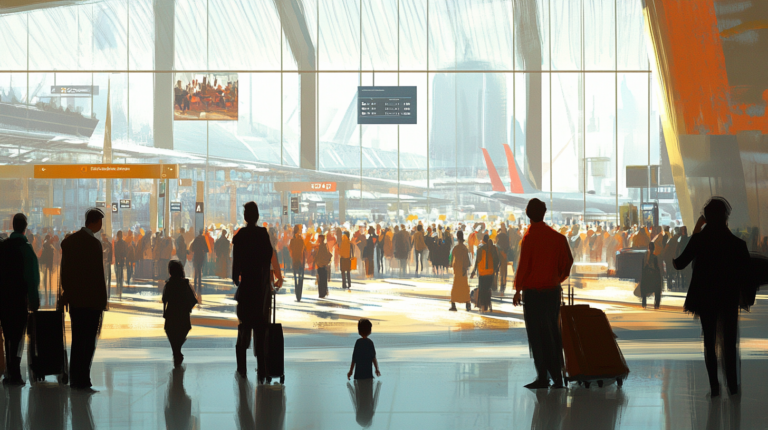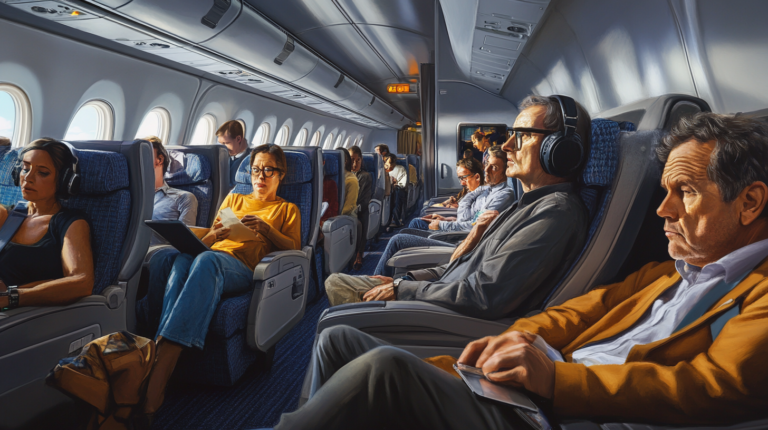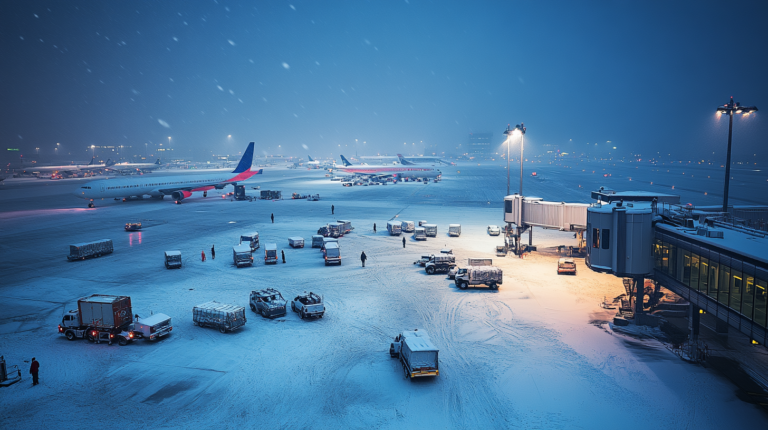Business Travel Costs Unpacked for Seat5A Flyers

I’ve observed that business travel often presents a unique challenge: balancing the desire for comfort with an ever-increasing bottom line. Over the years, I’ve noticed how small details like booking times, choice of airline, and even local tax policies can leave travelers with surprisingly large bills—especially when crossing multiple time zones. With the average daily spend edging upward each year, it feels more important than ever to share insights that can help fellow flyers keep costs under control.
The Rising Cost of Business Travel
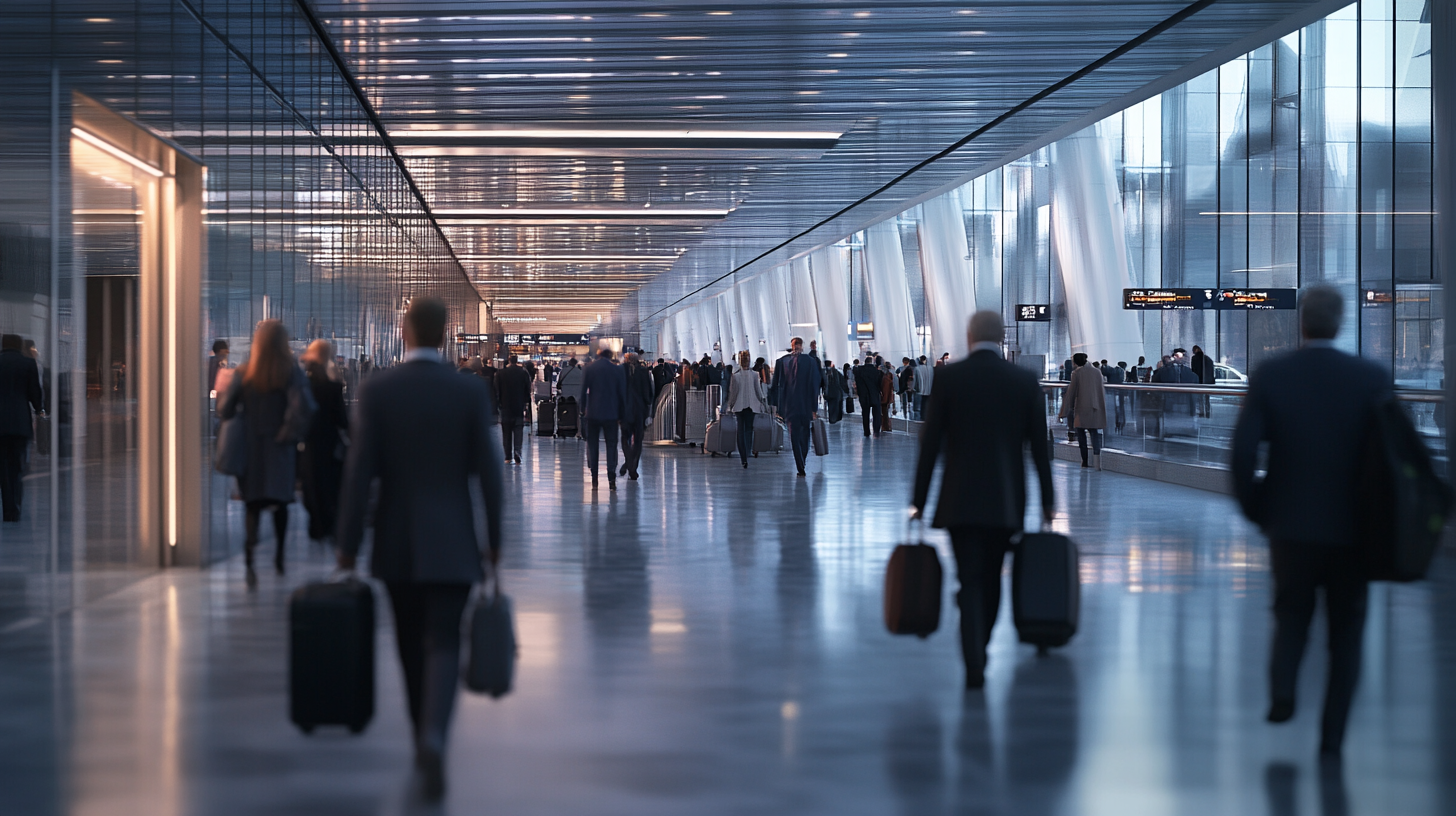
In recent trips, I’ve watched airfare prices inch up steadily, and it’s not just about the seat you choose. According to industry data, business travel expenditures worldwide are projected to reach nearly $1.5 trillion this year, driven by higher flight and accommodation costs. Many times, hotels alone can consume up to 34% of a travel budget, making it clear that proper planning is essential to avoid sticker shock.
Beyond base fares, I’ve also encountered expenses that sneak in—such as internet access fees, in-room dining charges, and even lounge day passes. While these may not seem large individually, they certainly add up over multi-day business trips. It’s an intricate dance of controlling costs without sacrificing the rest and efficiency required to perform at my best during on-site meetings or conferences.
Since the pandemic’s early days, I’ve read reports suggesting corporate travel is rebounding faster than many predicted. By 2025, we’re seeing businesses reinvest in face-to-face engagements, primarily to strengthen client relationships. Yet, this rebound comes with price hikes in nearly all segments of travel, highlighting how staying informed and flexible can make or break a travel budget.
Breaking Down Daily Travel Expenses
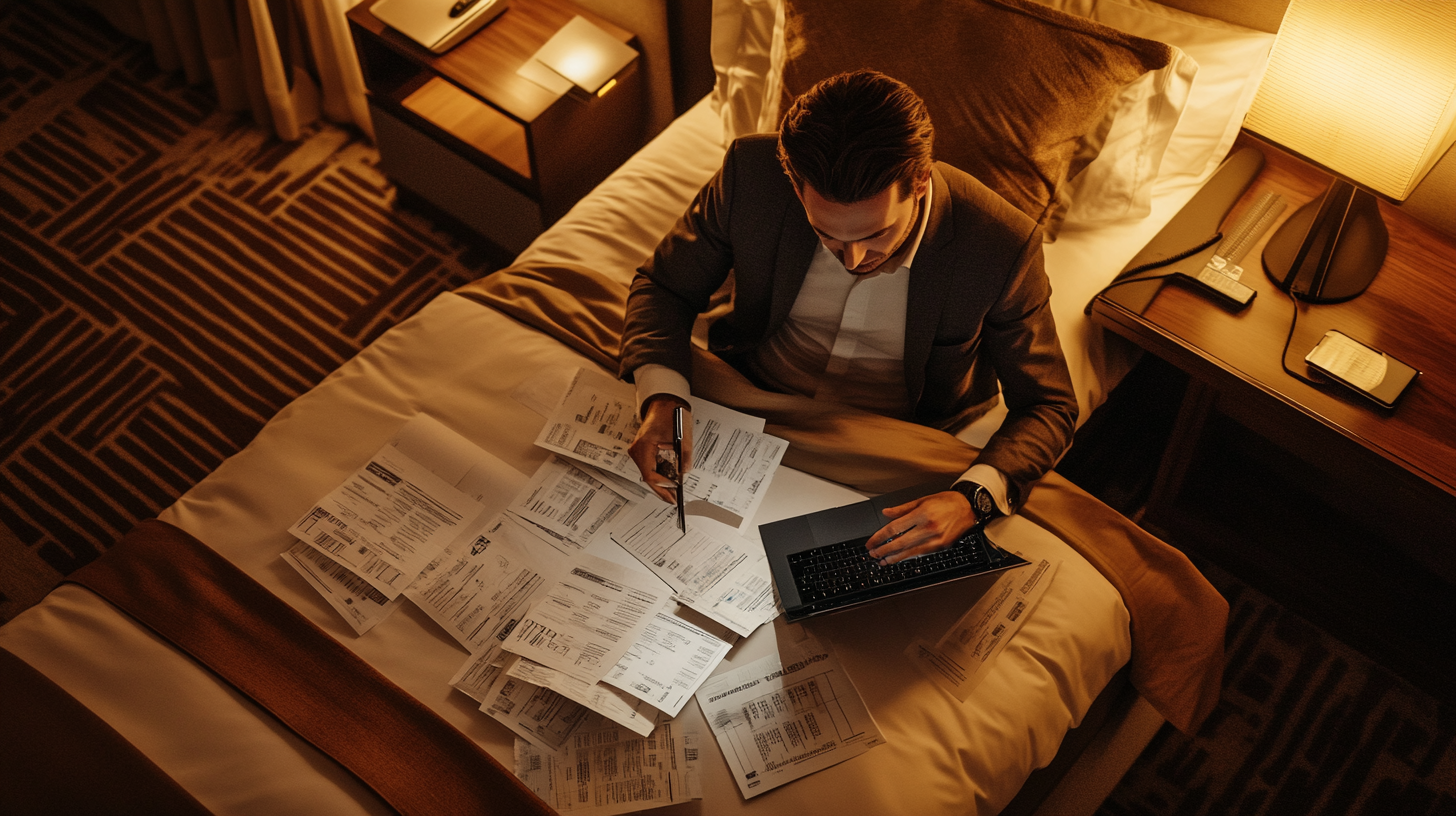
When I look at where the money goes, I find that flights, lodging, and meals still form the core of daily travel costs. I recall one trip where my flight made up nearly 25% of the total expense, but the hotel stay quickly matched that number due to rising room rates and surcharges. According to a 2024 study from Statista, daily business travel expenses in the U.S. hovered around $340, with meals alone taking over 20% of that amount.
Some travelers like me aim for mid-range hotels to keep expenses reasonable. Others, especially travel decision-makers, might lean toward higher-end accommodations for comfort during conferences or multi-day negotiations. A recent analysis by the Global Business Travel Association (GBTA) suggests that decision-makers spend nearly 12% more than non-senior employees, implying that corporate hierarchy can influence how much gets allocated per trip.
I’ve also discovered it’s often those “in-between” costs—like rideshares, last-minute printing, or quick coffee breaks—that catch you off-guard. By actively tracking these small yet frequent purchases, travelers can gain a clearer picture of how daily budgeting can spiral, especially on longer trips where overlooked details multiply rapidly.
Cost-Saving Tips to Consider
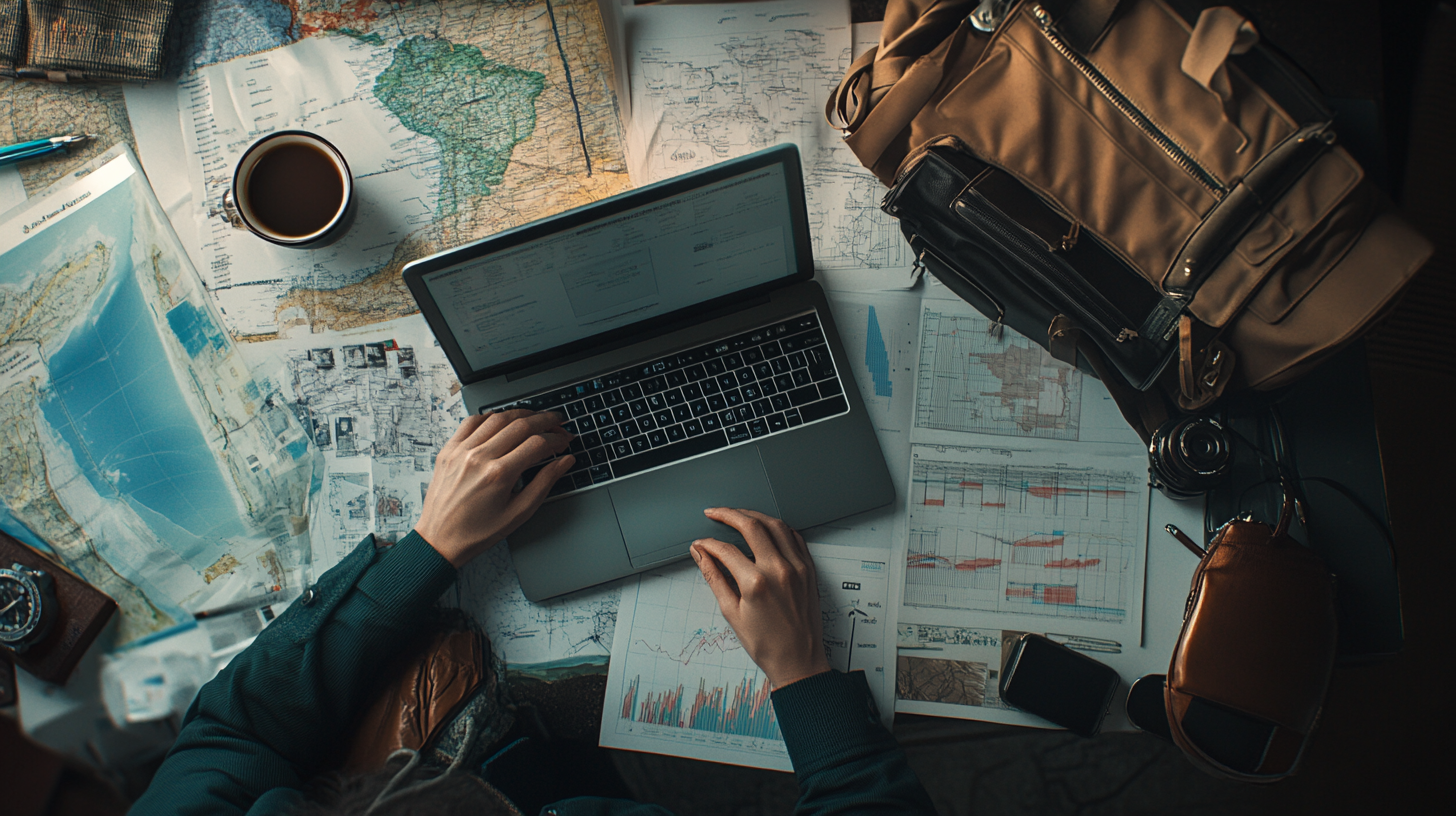
One strategy I swear by is booking as early as possible—flights, hotels, even car services. The difference between a month-in-advance fare and a last-minute ticket can be dramatic, especially if a conference or big event is causing a spike in local demand. A 2025 survey by Skift found that travelers who planned at least 60 days out saved an average of 18% on hotel bookings. That’s nothing to scoff at when we’re juggling multiple line items.
Another tip: negotiate corporate rates or loyalty perks. Whenever I’m about to commit to a new hotel, I ask whether they offer any special agreements or if my existing loyalty program can be bumped up for added benefits. These can include room upgrades, complimentary breakfasts, or discounted meeting room rentals—all of which help slice the overall cost of a trip.
Most importantly, I’ve found that setting clear spending guidelines ensures transparency for everyone involved. Whether it’s per diems or direct reimbursements, a well-defined policy outlines what’s covered and prevents confusion. Some companies even use dynamic budgeting tools that track flight costs in real time, so employees can pounce on lower fares the moment they appear online.
The Bleisure Factor

I’ve also seen the rise of “bleisure”—that blend of business with leisure—become more than a passing trend. According to recent market research, this sector is worth $1.6 trillion globally. People are extending their business trips to visit local attractions, try unique dining experiences, or just unwind before returning to the office. It’s a refreshing approach that can enhance motivation and job satisfaction.
In my own travels, I’ve discovered that tag-along opportunities—where I add a day or two at the end of a conference—provide a mental break and a chance to explore a city beyond the boardroom. While men in their 30s and 40s historically dominated the corporate travel scene, more women and millennials are jumping into the mix, eager to embrace immersive experiences. This shift not only redefines what business travel looks like but also encourages workplaces to adapt guidelines to more flexible itineraries.
That said, there’s a balance to be struck. If a company does encourage bleisure, it should spell out what’s approved. For instance, some organizations allow travelers to add personal stay days as long as they pay the rate difference. Full transparency is key, ensuring everyone benefits from a relaxed mindset without incurring unexpected costs.
Balancing Budgets with Technology

As a self-proclaimed tech enthusiast, I’m fascinated by how platforms like Booking.com for Business have redefined expense filing. These platforms unify approvals and reimbursement processes, often removing the headache of managing paper receipts. SureMileage is another tool I’ve come across. It precisely tracks driving distances, essential for industries where local car travel comprises a major chunk of business trips.
In my experience, adopting the right software can uncover hidden savings. For example, real-time analytics can pinpoint travel hot spots or reveal patterns of overspending at certain hotels. With advanced AI-driven systems, CFOs can set up alerts if travel expenses spike unpredictably, or if employees consistently book rooms outside negotiated rates. This fosters a culture of accountability and clarity, especially when overall costs can surge by as much as 64% within a year, as observed during high-demand seasons.
Yet, shocking as it may seem, roughly 40% of companies still lack a formal travel policy, as reported by various industry surveys. That means employees often make independent booking decisions without consistent oversight. Shoring up those policies with the help of travel management platforms does more than just cut costs—it also increases overall traveler satisfaction by eliminating guesswork.
A Look Ahead
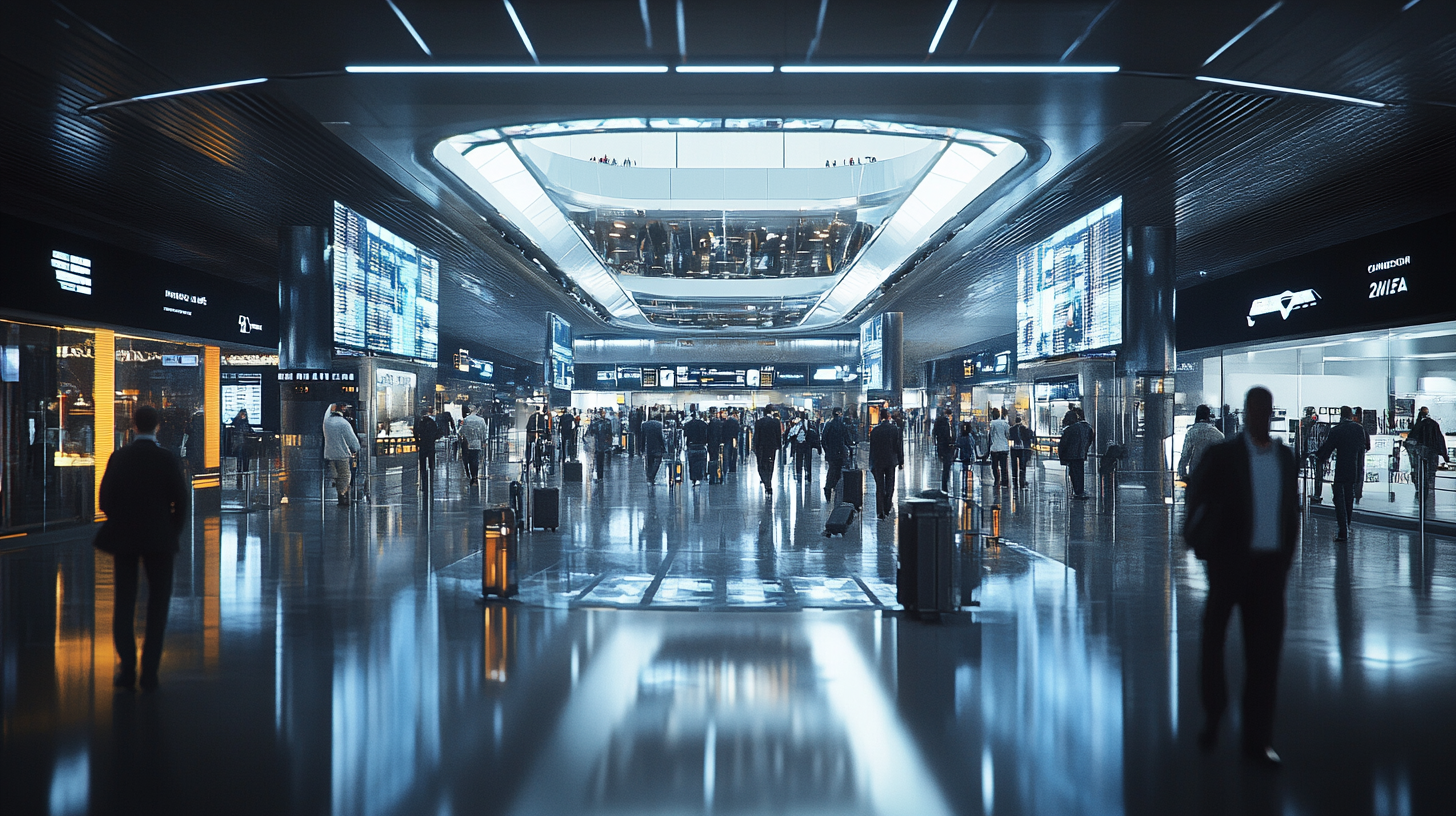
I often say that as long as face-to-face interactions matter, business travel isn’t going away. The U.S. travel sector alone benefits from billions in domestic business trips every year, and forecasts suggest a global market near $1.48 trillion by the close of 2025. Despite economic fluctuations, I’ve noticed a growing willingness among frequent flyers to invest in premium cabin fares, citing comfort, flexibility, and wellness.
Given that workplaces are more globally connected than ever, travel remains an indispensable tool for relationship-building and complex negotiations. I’ve personally witnessed how in-person visits can make or break a deal, underscoring the tangible value of real human connections. By staying cost-conscious and leveraging the latest travel technologies, businesses—and the travelers who represent them—can continue to extract maximum benefits from every journey.
Final Thoughts

In navigating the evolving landscape of business travel, I’ve learned that smart planning and open communication often make the biggest difference. Setting clear budgets, researching travel tools, and being mindful of personal and professional goals keeps the experience both productive and enjoyable. At the same time, the thrill of exploring new cities and cultures can turn a mundane work trip into a memorable adventure.
As costs fluctuate year to year, the best defense is staying well-informed—reading the latest reports, scoping out online communities for tips, and experimenting with fresh travel strategies. By planning strategically, travelers can focus on building relationships, closing deals, and expanding their horizons, rather than fretting over trip expenses.
Amelia Yeaher’s Take
Every business journey is a chance for growth: personally, professionally, and culturally. I’ve experimented with countless ways to make travel more immersive, whether by testing augmented reality navigation tools or supporting local women-led startups during layovers. In my view, the future of business travel is as much about connecting people as it is about balancing budgets.
It’s exciting to see how new technologies, inclusive policies, and a rekindled appreciation for human interaction are pushing travel to new heights. By staying curious and open to innovative solutions, I believe we’ll continue to shape the industry in ways that respect both fiscal responsibility and unforgettable experiences.
Head over to Seat5A for more travel stories and resources to keep your journeys inspiring.


